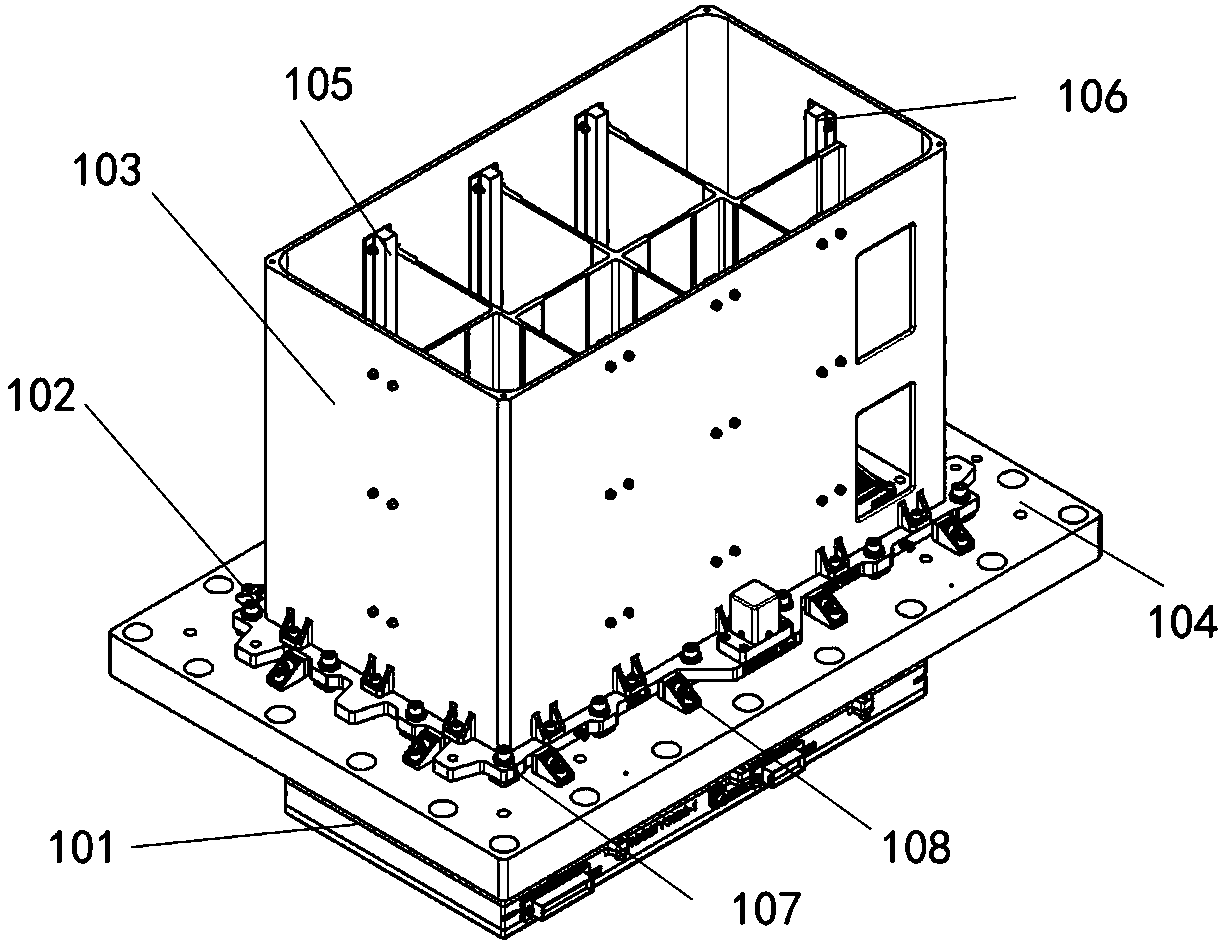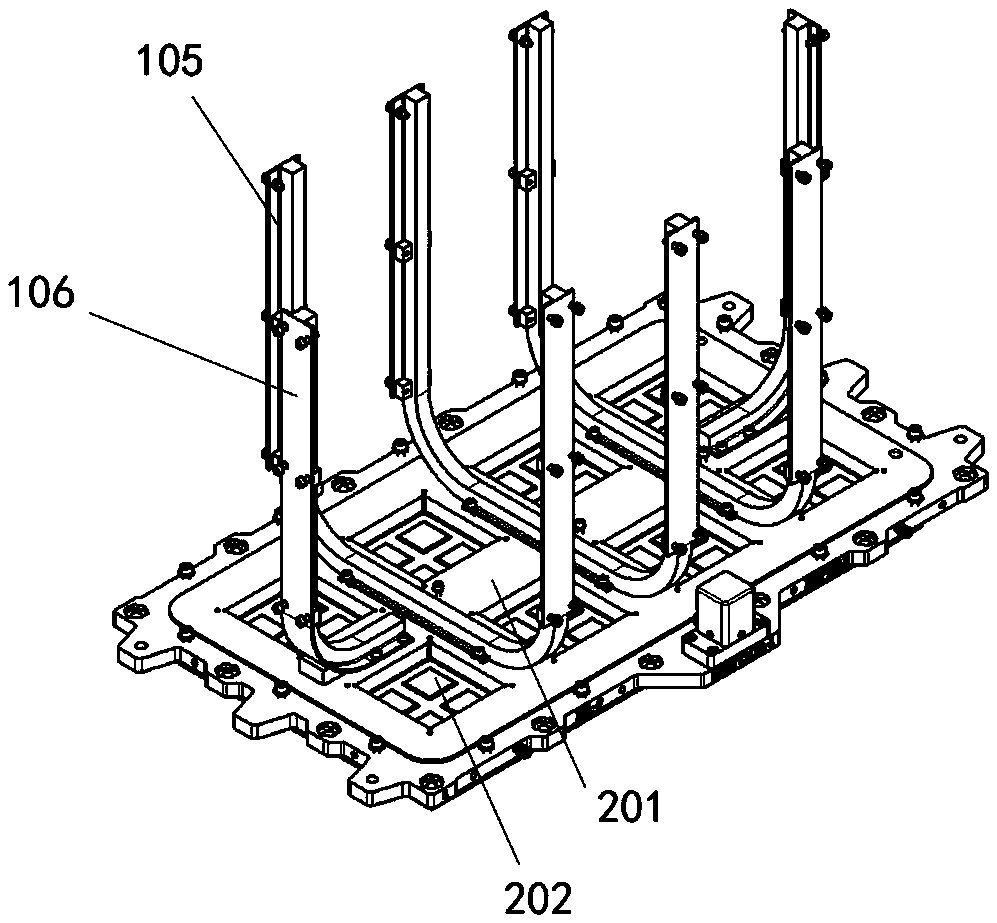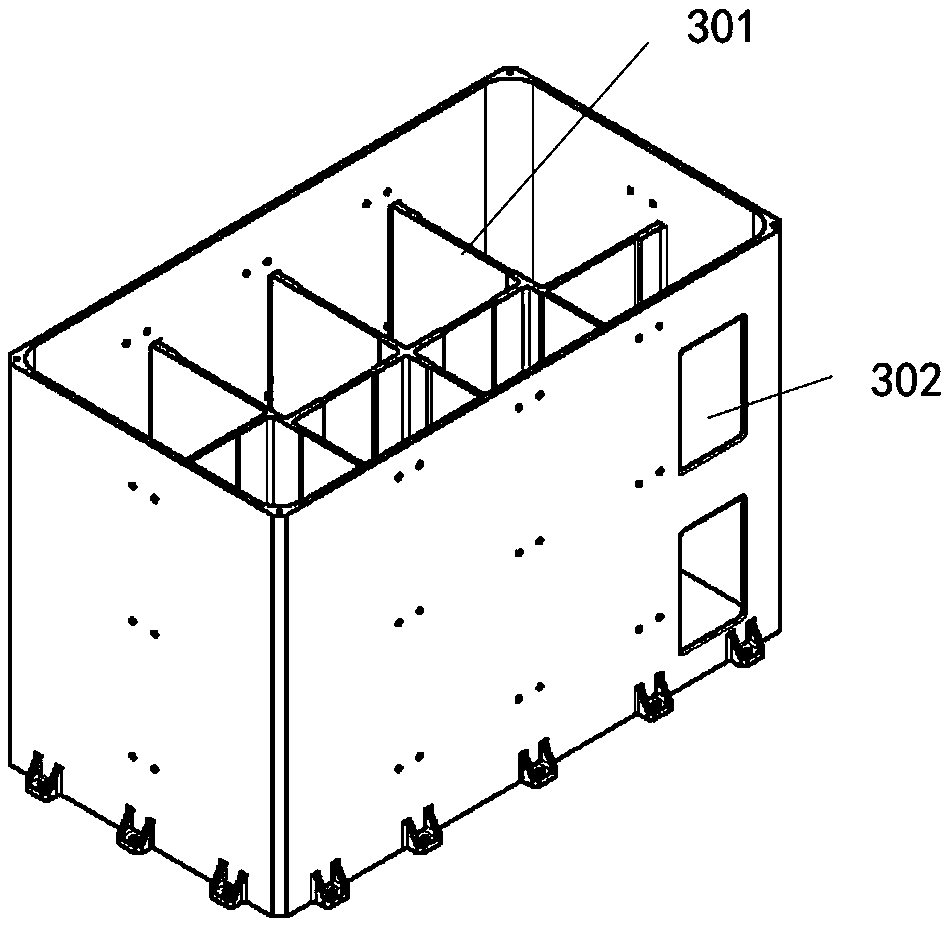Thermal control structure of ultra-low temperature and low-energy detector
A detector and ultra-low temperature technology, applied in temperature control, instruments, measuring devices, etc., can solve the problems of no mature products, LE detector temperature fluctuation exceeds, low-temperature heat pipe has no experience in heaven, etc.
- Summary
- Abstract
- Description
- Claims
- Application Information
AI Technical Summary
Problems solved by technology
Method used
Image
Examples
Embodiment Construction
[0034] Exemplary embodiments of the present disclosure will be described in more detail below with reference to the accompanying drawings. Although exemplary embodiments of the present disclosure are shown in the drawings, it should be understood that the present disclosure may be embodied in various forms and should not be limited by the embodiments set forth herein. Rather, these embodiments are provided for more thorough understanding of the present disclosure and to fully convey the scope of the present disclosure to those skilled in the art.
[0035] like Figure 1-5 As shown, the thermal control structure of the ultra-low temperature low-energy detector in the preferred embodiment of the present invention includes: the lower chassis 101 of the low-energy detector; Cover 103, wherein the mounting plate is provided with a slot for accommodating the collimator and the detector, and the slot is separated by a plurality of separation ribs 201; the detector 202 is fixedly ins...
PUM
 Login to View More
Login to View More Abstract
Description
Claims
Application Information
 Login to View More
Login to View More - R&D
- Intellectual Property
- Life Sciences
- Materials
- Tech Scout
- Unparalleled Data Quality
- Higher Quality Content
- 60% Fewer Hallucinations
Browse by: Latest US Patents, China's latest patents, Technical Efficacy Thesaurus, Application Domain, Technology Topic, Popular Technical Reports.
© 2025 PatSnap. All rights reserved.Legal|Privacy policy|Modern Slavery Act Transparency Statement|Sitemap|About US| Contact US: help@patsnap.com



